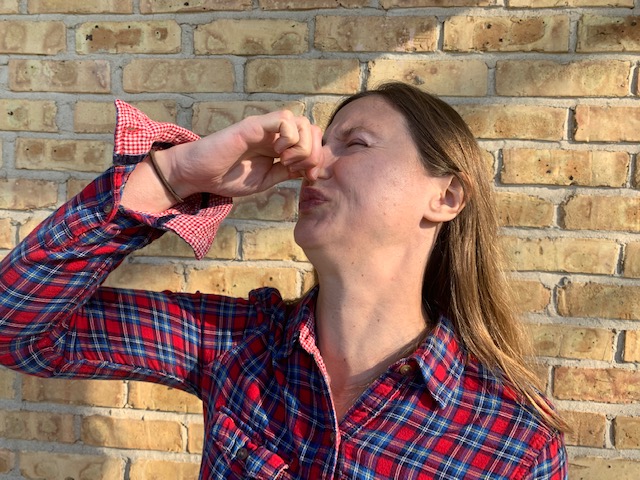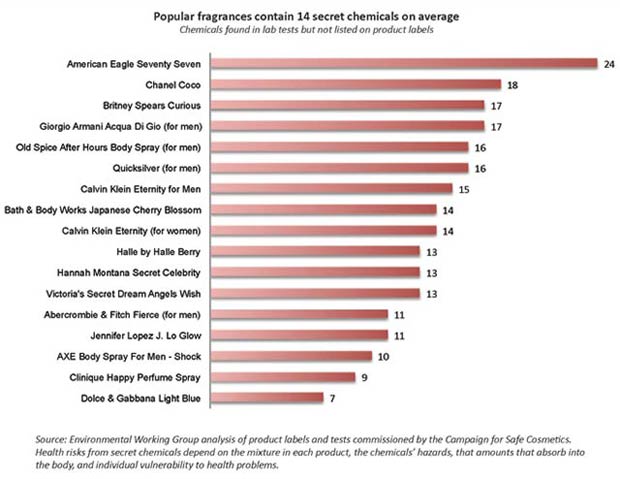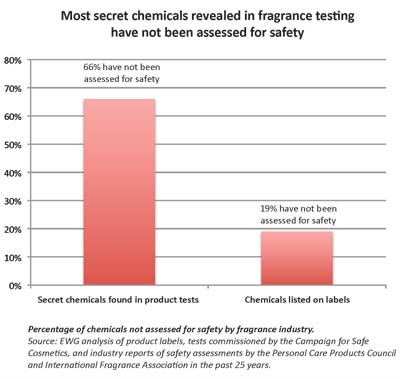
Written by Hippo (a hippopotamus) and Al (a bird)
“Pee-yew,” squawked Al very loudly. “That guy smells like a male antelope marking his territory.”
Shhh, Al. He might hear you.”
“He’s wearing headphones,” said Al.
Al and I were on the treadmill . . .
“A really dumb machine, if you ask me,” said Al.
We make it a point to try out the human ways as much as we can so we can understand why they do what they do – to walk a mile in their shoes, almost, but not quite, literally.
I set the treadmill to the slowest pace possible as I was on two feet – not my most advantageous position – and Al ran/flew along beside me. On the machine next to us a human male ran pretty fast, as humans go, but nothing to me on all four. The funny thing was that he did not smell like a human. He smelled, as Al said, something like a male antelope marking his territory.
Suddenly, I noticed that Al was wobbling. I looked down and he was positively green. And then he collapsed!
“Al!” I bellowed. Quickly putting him in the only place I could think of – my mouth – I ran (on all four) out the door as humans gasped and screamed. Sometimes a hippo’s gotta do what a hippo’s gotta do.
It took Al a few days, but he did recover. After going over and over the events that led to this emergency, and digging into many books, we deduced that poor Al had been poisoned by breathing scent chemicals on the man on the next machine. It appears that he must have purchased that musky fragrance in a bottle and sprayed it on his body.
“Why would he do that?” asked Al.
“Maybe this will explain it, Al.”
Can a perfume roar? Can it purr? Can it be ‘sex-in-a-bottle’…? If any single ingredient can create those effects, it’s musk. As the excellent fragrance blog Perfume Posse puts it, ‘Musk speaks carnally in whispers or shouts…’ And it’s in almost every scent we dab, spritz and splash onto our skins – because at the end of the day, most of us wear perfumes to feel more alluring…
The original musk came from a sex gland secretion from a specific a species of deer, the Tibetan musk deer, which became endangered – though since 1979 this creature has been protected by CITES (the Convention on International Trade in Endangered Species of Wild Fauna and Flora). Numbers of musk deer dwindled, unsurprisingly, because it took 140 musk deer to produce a kilo of perfume ingredient.
https://perfumesociety.org/ingredients-post/musk/
Although other animal musks (beaver anal secretions, sperm whale secretions, African civet anal secretions) have been, and continue to be used in fragrances . . .
“TOO MUCH INFORMATION!” screeched Al.
Synthetic Musks
8000 metric tons of inexpensive synthetic musks are now produced every year for the fragrance business and they do not easily break down. Like plastics, only invisible, they build up in the oceans, soils, drinking water, and living species.
“Wow,” said Al, “all that so the humans can cover up their natural odors? Do they smell that bad?”
Synthetic musks are xenoestrogens, endocrine disruptors that are close enough in molecular structure to natural human estrogen that they can bind to estrogen receptor sites and alter the normal function of hormones. Although not proven, build up of xenoestrogens has been linked to breast, prostate and testicular cancer, obesity, infertility, endometriosis, early onset puberty, miscarriages and diabetes.
Musks in scented laundry detergent, household cleaners, and personal care products are inhaled, absorbed through the skin, as well as taken in orally. They accumulate in fatty tissues. Musks have been found in human breast milk, placenta tissue, and umbilical cords.
Al and I live near Lake Michigan which is under threat from galaxolide, a synthetic musk frequently used in scented cleaning products. When these products are washed down the drain, they end up in the lakes where they are highly persistent and toxic to fish and other creatures who make their homes there. It has also been found in the cord blood of newborn babies.
Phthalates
Phthalates, used in almost all fragrance products to help the scent linger, were introduced in the 1930’s. According to the Environmental Working Group, they are linked to problems of the reproductive system, including decreased sperm motility and concentration in men and genital abnormalities in baby boys. https://www.ewg.org/enviroblog/2008/05/cheatsheet-phthalates
“That does not sound sexy to me,” said Al.
There may also be a connection between early exposure to phthalates and obesity, one of the humans’ biggest health risks.
According to a report issued by the National Academy of Science Research Council, styrene, another fragrance chemical, is “reasonably anticipated to be a human carcinogen.” Some studies support a strong argument for listing it as a known human carcinogen.
3,163 different synthetic chemicals, mostly petroleum-based, are used to manufacture fragrances. They are protected as trade secrets so you will usually see them listed on labels only under the “fragrance” banner but these spray-ons and splash-ons can cause headaches, nausea, itching red skin, breathing difficulties, runny nose, brain fog, and more, not only in birds, but in humans too.
“How can itching red skin and nausea be sexy?” asked Al.


We don’t know the safety of most of these things on their own, much less in combination as they are almost always used.
We took a look at Mrs. Meyer’s cleaning products, which are promoted as “aromatherapeutic” on their label and used by many health-conscious humans. The ingredients list for these products contains 14 different fragrance allergens, mostly synthetic, just starting with the letter A. We stopped counting after that. If you don’t believe us, look for yourself: https://www.mrsmeyers.com/about-us/ingredients-glossary/
“At least Mrs. Meyer provides the information,” said Al. “Most do not.”
“There’s more, Al.”
A study by the National Oceanic and Atmospheric Administration (NOAA) published in Science, finds that using scented products (which include items such as perfumes, hair sprays, air fresheners, and paints) emit the same amount of chemical vapors as petroleum emissions from cars — even though 15 times more petroleum is burned as fuel. According to the study, “These volatile chemical products now contribute fully one-half of emitted volatile organic compounds (VOCs) in 33 industrialized cities.” They react with sunlight to create ground-level ozone with health consequences like kidney, liver, and nervous system damage, and potentially cancer.
“It brings to mind that perfume named Midnight Poison,” said Al.
Here’s what Al and I can not wrap our heads around: Humans seem to be so concerned about protecting the oceans, climate change mitigation, energy renewables, and pollution problems (and rightly so), but at the same time they actually pay money ($32 billion in 2019) to acquire harmful fragrance chemicals. They cover their bodies, clothes, and homes in them even though they contribute to ill health, pollute water and air, and disrupt Earth’s ecosystems. We suspect perfume giants must be at work here, manipulating human minds and making them feel that they need these fragrances. If you don’t know the ways of the giants, you can read about it in The True Adventures of Hippo and Al, Chapter 9 “Hippo and Al Face the Giants.” There is no end to the shenanigans giants will go to to get what they want.
Al and I don’t want to be kill-joys. We know humans love their fragrances, but most of them are very harmful to the life on our beautiful planet Earth. We are sorry to have to tell you that even the use of essential oils at current levels is not a sustainable option. It takes 30 to 50 roses to make just one drop of rose oil and 50 lemons for a 15 ml. (one tablespoon) bottle of lemon oil. https://theecohub.ca/how-sustainable-is-the-essential-oil-industry/
“Hippo, said Al. “My beak is getting very tired from all this typing. Let’s call it a day.”
“But we can’t leave them like this, Al.”
“They can look forward to Part 2,” said Al, “where we will offer some solutions and uplifting news . . . There is some uplifting news, isn’t there?”
“Yes, there is.”
Look for Part 2 next week.
